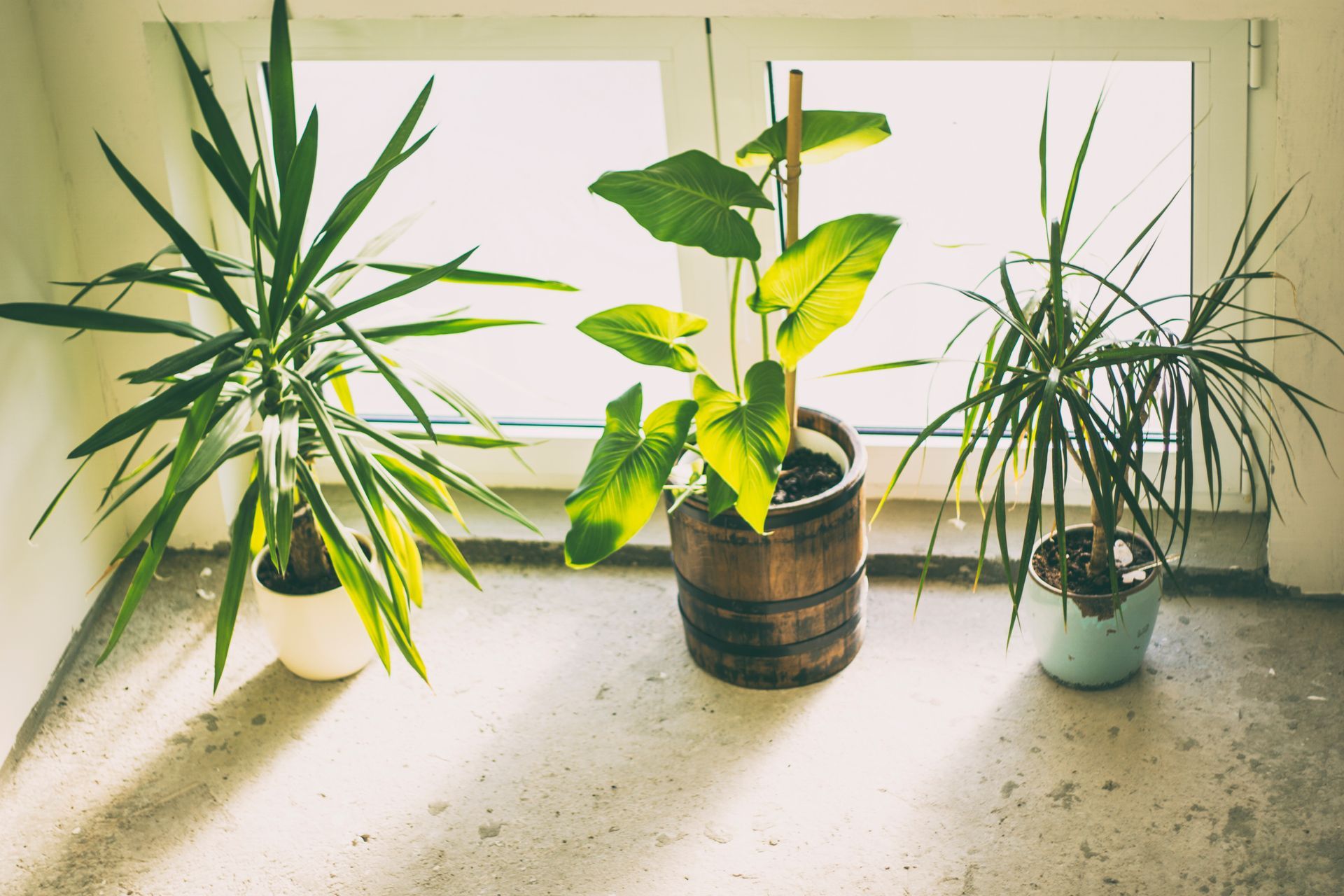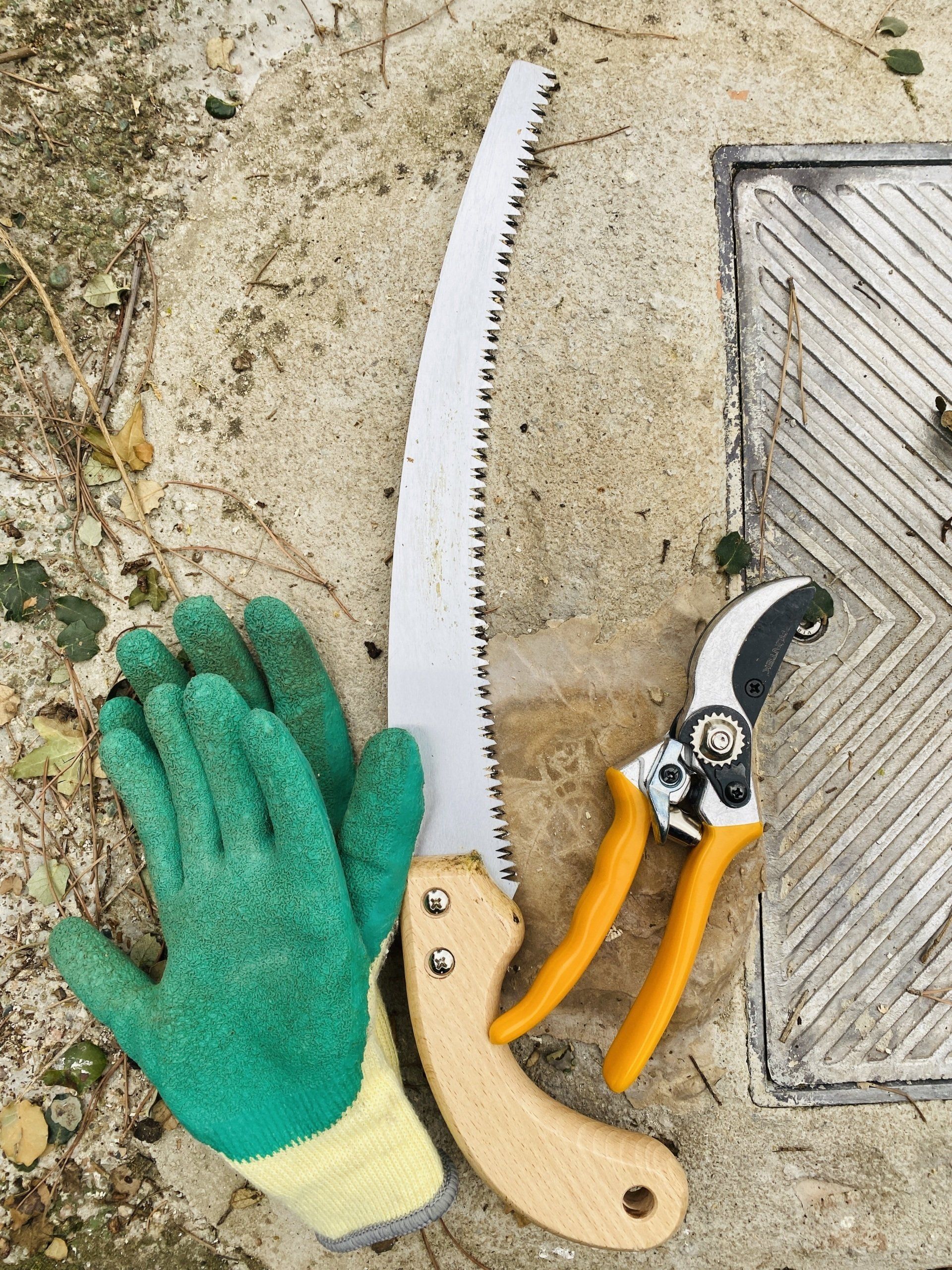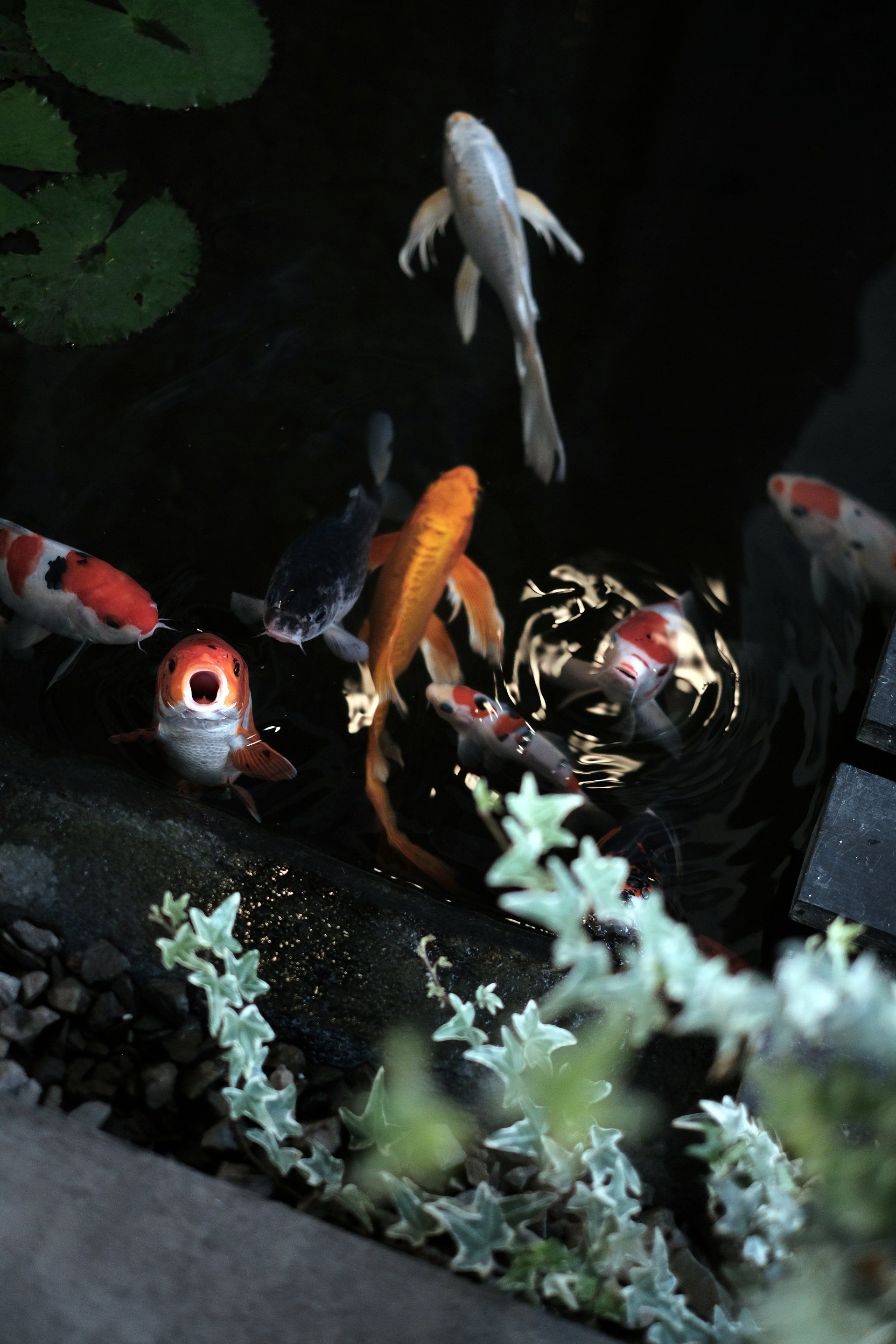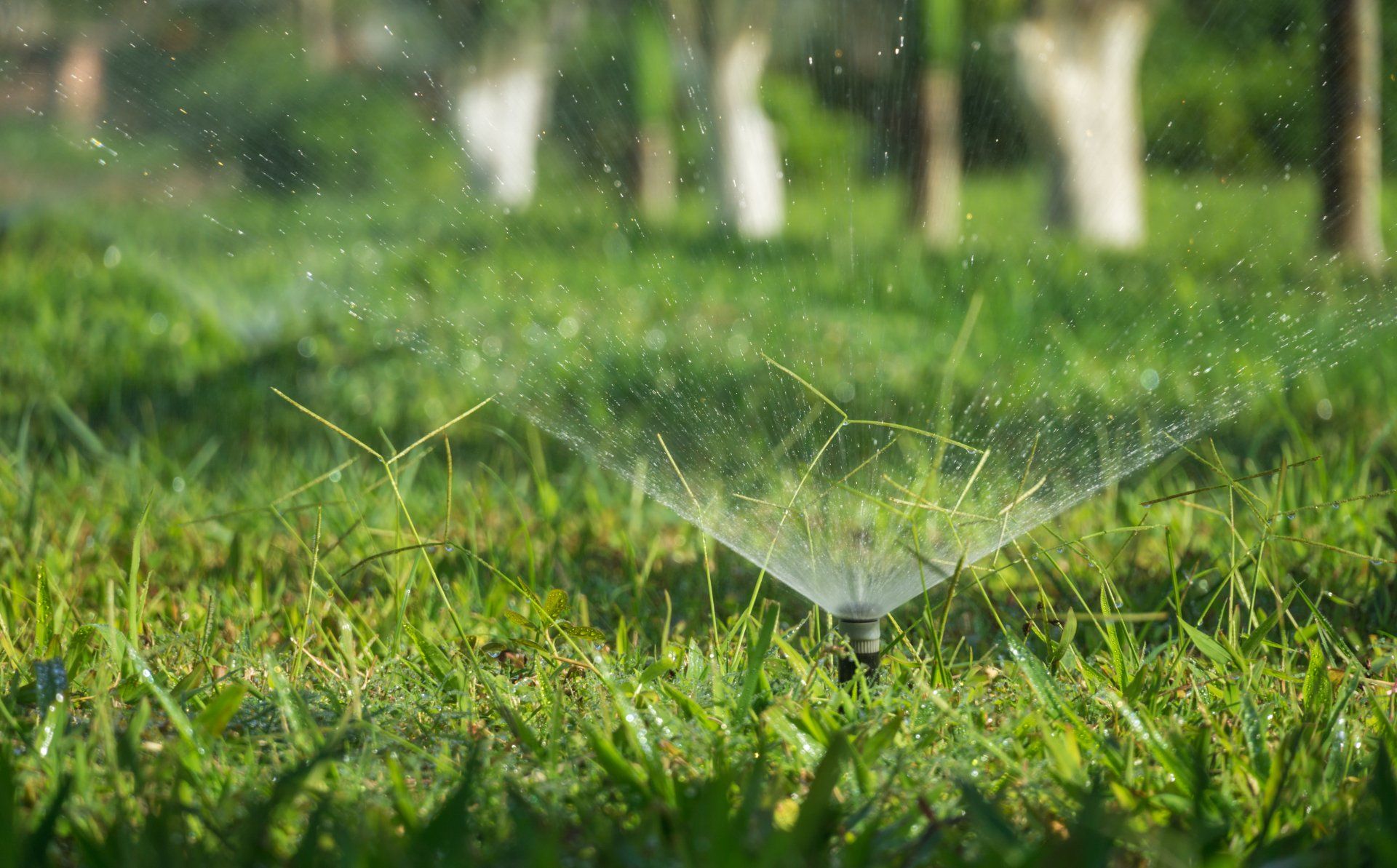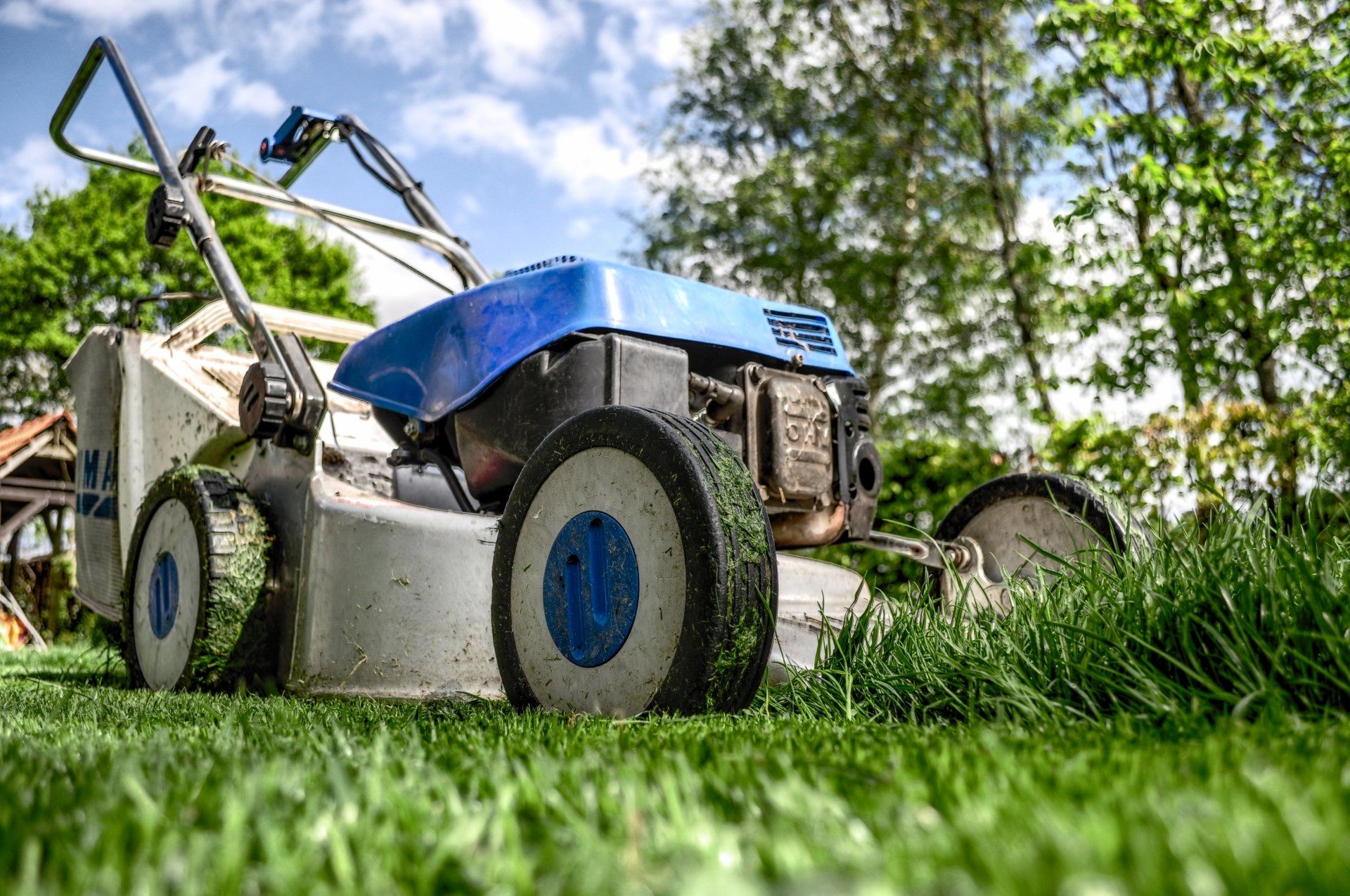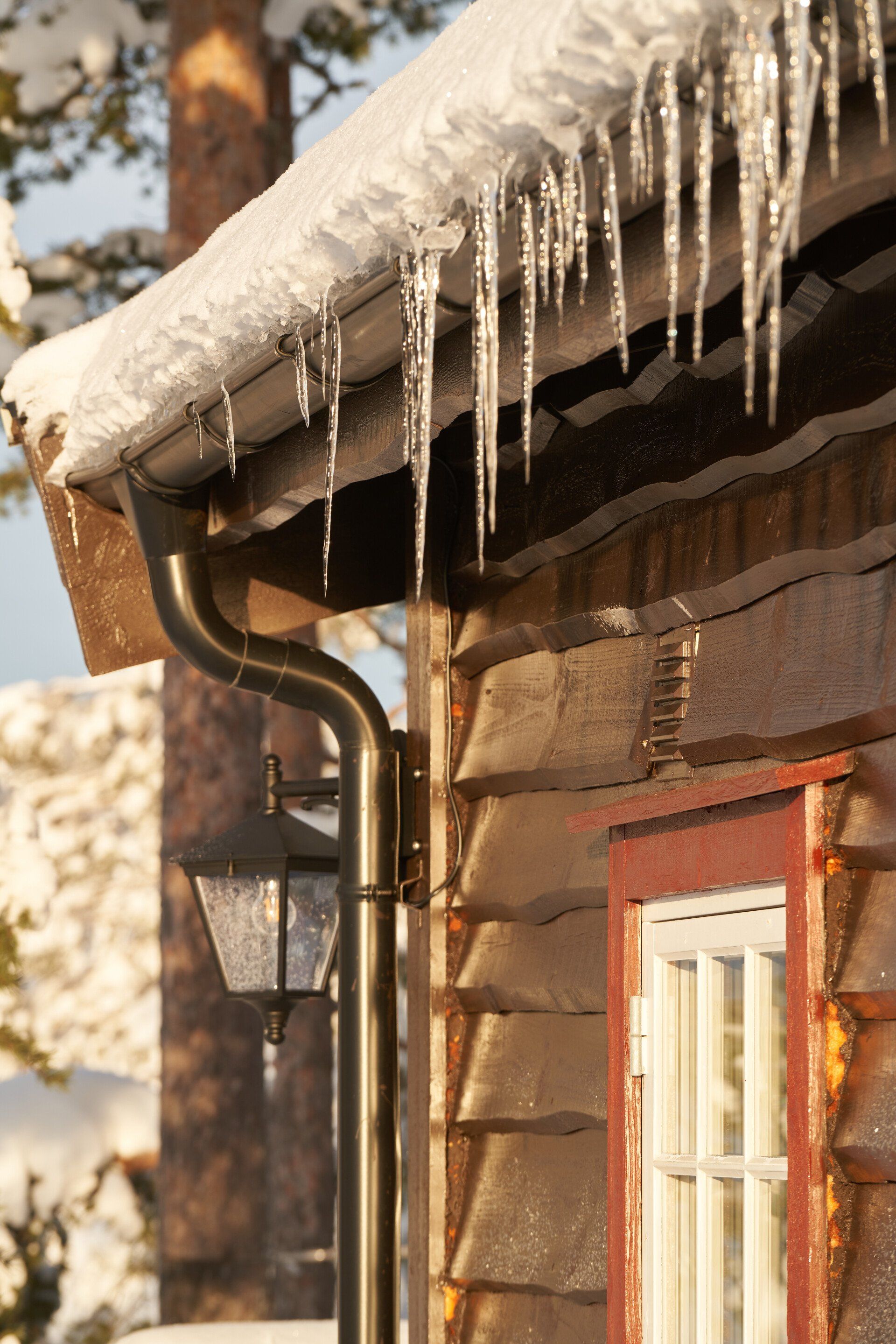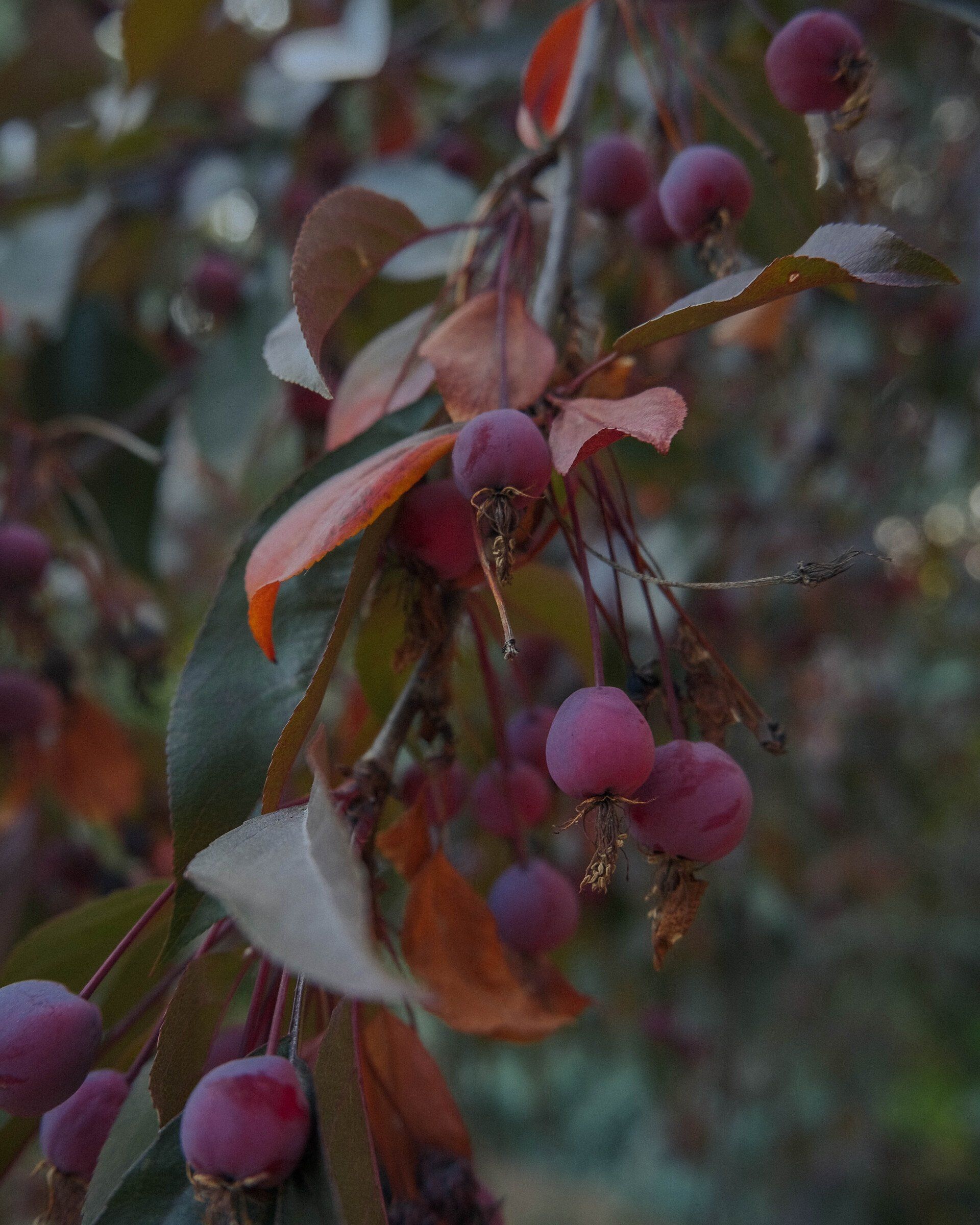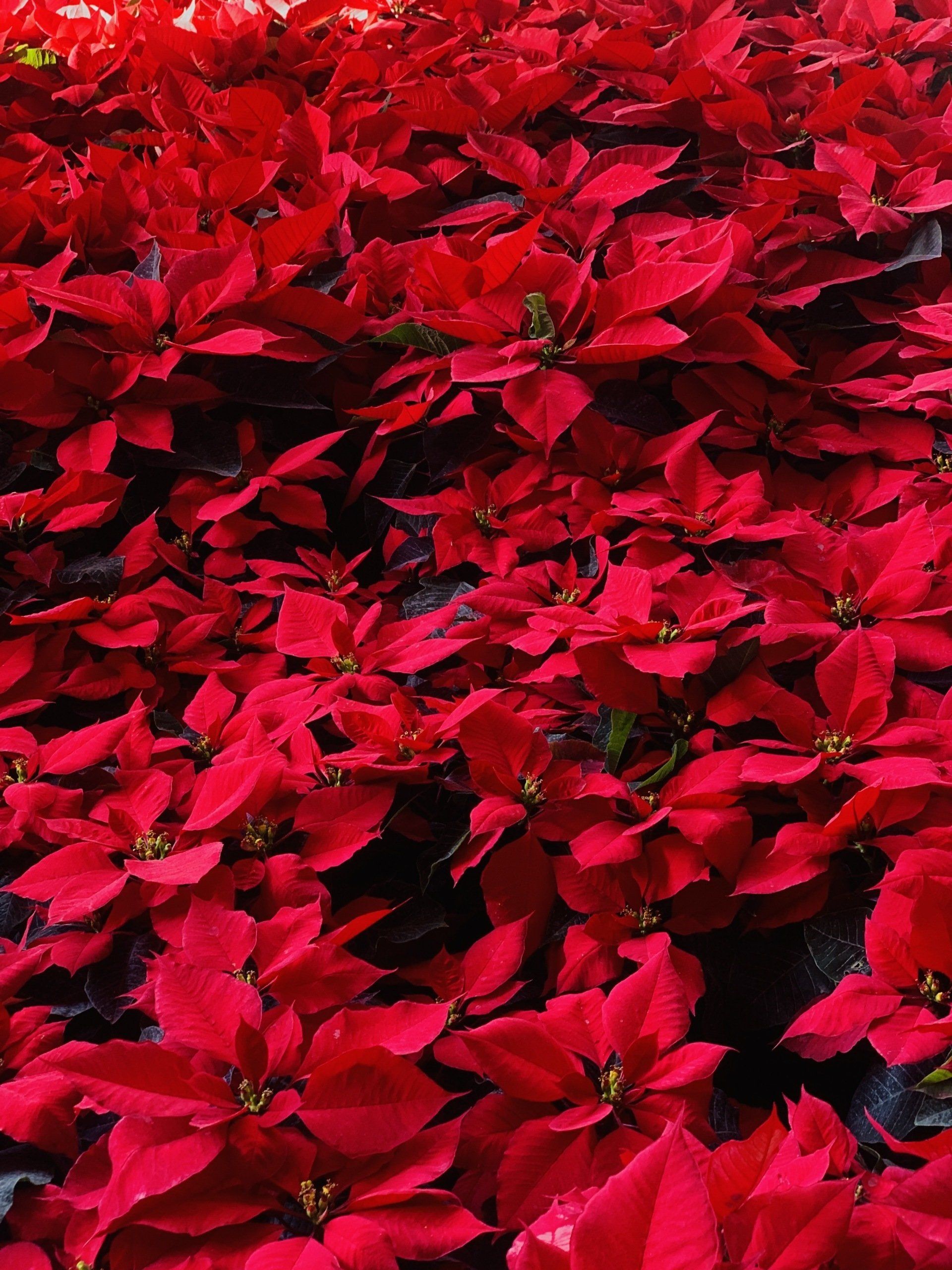How to Landscape a Garden Without Grass
How to Landscape a Garden Without Grass
You might have a shade problem, poor soil, or don't want to water a lot to maintain a lush lawn. No matter the reason behind your landscaping woes, you can rest assured that your yard will look fantastic even without grass. It takes just a few creative ideas and the right landscaping design.
How to Landscape A Shaded Yard
For grass to thrive, it needs lots of sunlight. For best results, choose shade-loving plants if you have a shaded yard. You need to look for plants that have attractive foliage and not flowers. Here are some examples:
- Groundcover: These low-lying perennials never grow more than 12 to 18 inches high. These plants can be grown alone or in combination with other taller plants to cover any soil-bare areas.
- Taller plants: Like Japanese painted fern, astilbe, and European ginger. They help break down the flat groundcover of your shaded yard.
- Native plants: Visit your local nursery to find forest-dwelling species. They are well-adapted for growing in the shade and do not require any maintenance.
- Pavements and sitting areas: Your backyard is the ideal spot to relax. So make it an oasis with brick paths, stone pavers, benches, or hammocks. Vertical interest can be added with garden art, bird fountains, and trellises.
How to Landscape a Yard in Poor Soil
It is possible to plant the wrong things if your soil is clay, poor in nutrients, or otherwise difficult to grow. Here are some ideas to make your front yard look lush without grass. These ideas include perennials that can grow in poor soil.
- Lenten roses: These plants can withstand low soil, drought, heat, or humidity. They can reach two feet tall, and they prefer partial sun to full shade.
- Periwinkle: A creeping groundcover with star-shaped blooms. It can grow to one foot in height. It prefers partial shade and suppresses weeds wherever it spreads.
- Bleeding heart: These resilient flowers with a distinctive heart-shaped shape add a cottage-garden vibe to your landscaping. Part shade is preferable for bleeding hearts.
- Black jack sedum: An easy variety to grow that produces dark purple and light pink flowers. They can reach three feet in height and thrive in full sunshine.
How to Landscape a Drought-Tolerant Yard
A landscape without grass is an option if you live near a water-scarce area. It is best to use xeriscaping. These plants are low-maintenance and can survive in extreme drought conditions.
- Cacti: Plants with spikes or thorns are likely to thrive in low-water areas.
- Succulents: These succulents are drought-tolerant plants that retain water in times of drought.
- Ornamental grasses: These are available in a variety of heights and splayed.
- Inorganic mulch: Avoid pine bark straw, straw, or shredded leaves. They retain too much moisture and can cause plant decay. Fill the gaps with stones and pebbles instead.
